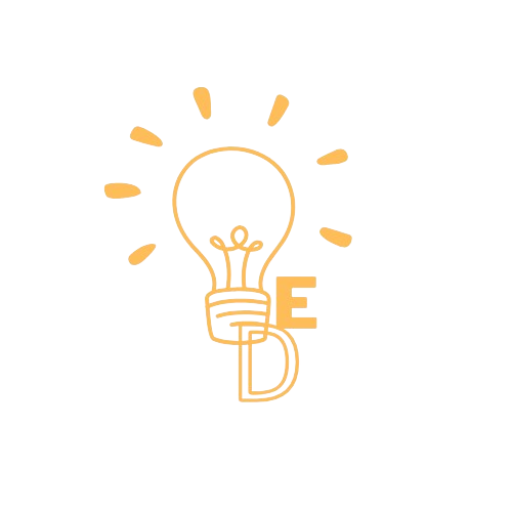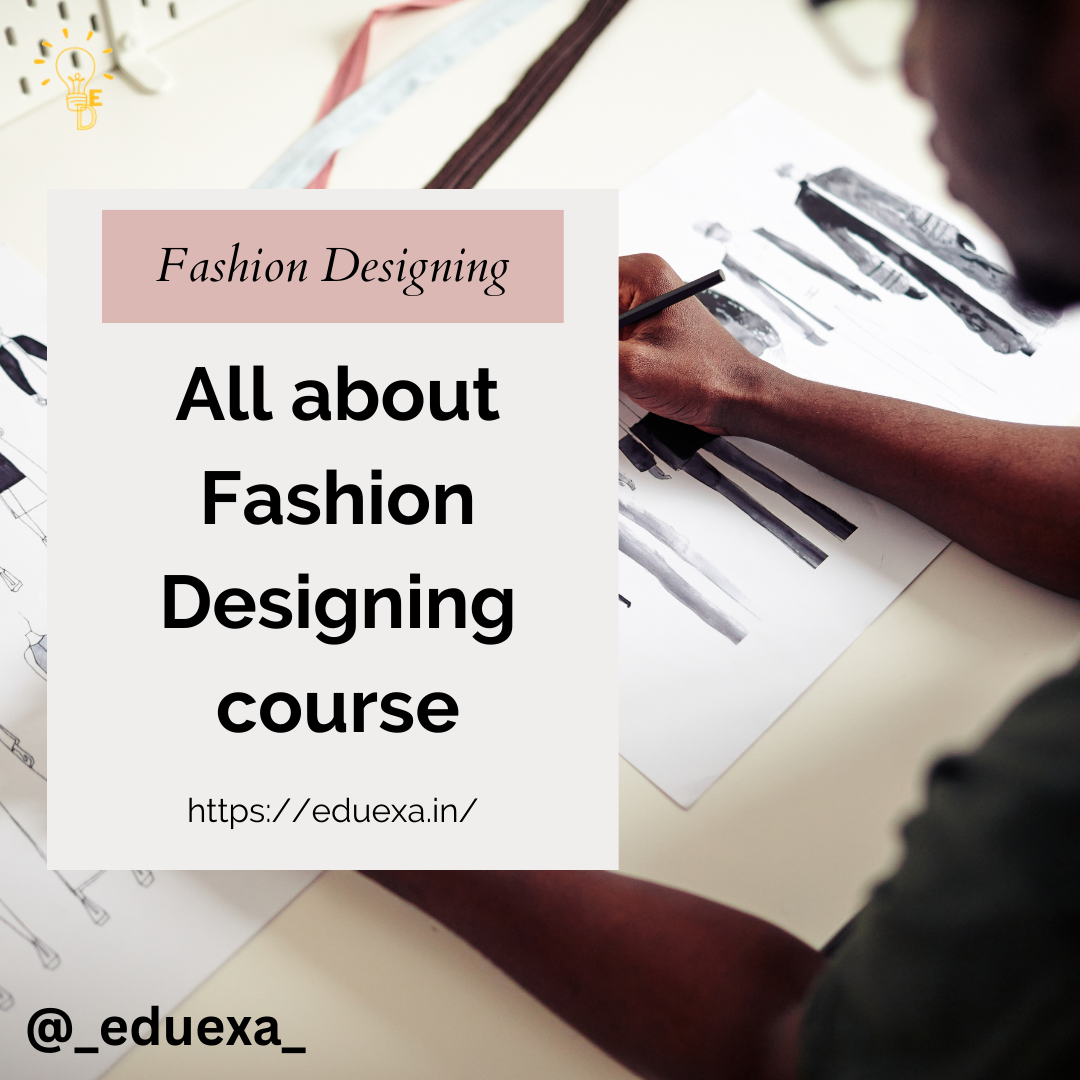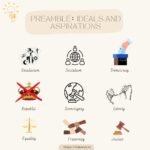What is Fashion Designing Course: A Complete Guide in 2024
What is Bachelor of Fashion Design or Fashion Designing Course?
The Bachelor of Fashion Design or Bachelor of Fashion Designing is an undergraduate Fashion Designing Course. Fashion design is the art of creating various fashion products such as apparel, textiles, jewellery, footwear, and other accessories utilising fabrics, colours, and decoration.
A bachelor’s degree in fashion design entails teaching technical and professional understanding of many parts of the fashion world such as fashion sketching, costume design, fashion history, sewing, concepts, trends, business communication, and so on. Additionally, students will gain an understanding of the importance of creativity, innovation, and worldwide design trends through this course. Fashion designers research trends, choose themes, use computer-aided design systems to develop designs, choose fabrics, colours, and styles, make prototypes, present concepts, and eventually supervise final productions.
The duration of this programme, which is also known as BFD, varies based on the institute. While some institutes offer it as a three-year programme, others offer it as a four-year programme. The word B.F.D. is also used to abbreviate B.A. (Fashion Design), the duration and curriculum of which might vary, therefore it is best to confirm with the relevant authorities which course you intend to pursue.
One of the most popular Design specialisations among students is fashion design. Every year, millions of applicants apply to various Fashion Designing institutions across the country with the hope of one day becoming a successful fashion designer.
Fashion Design, one of the most innovative degree options, is a thriving vocational education stream not only in India but also internationally. Within a decade, the fashion business has grown by leaps and bounds. If you want to work in the fashion industry, enrolling in the correct Fashion Designing school will provide you with a wealth of chances.
What is digital marketing, a complete course detail here.
Why Bachelor of Fashion Design?
Bachelor of Fashion Design is a complete graduation-level degree course that inculcates in students the necessary skills and creativity in the field of fashion, while also offering extensive exposure to practical knowledge and first-hand experience in the various sectors of the fashion world. However, there are various reasons why students wish to take this course:
- All students, regardless of their academic background, are eligible to apply to the Bachelor of Fashion Design (Fashion Designing) programme.
- This course is ideal for those with a creative bent of mind and a keen eye for style.
- This programme provides students with all of the creative and entrepreneurial abilities required for work in the fashion business.
- This course equips students with a competent degree that qualifies them to create their own fashion house. This allows them to fully utilise and display their fashion ideas.
- There are numerous options in the ever-changing fashion sector. After successfully completing this course, students will have the opportunity to work in the fashion business in a variety of job roles. These career opportunities can provide excellent salaries and a ticket to the glamorous world.
- The degree also opens up further job opportunities in the fashion industry, such as advanced study and research. Before beginning their PhD or research, students can earn a master’s degree in the topic. They can also study and work in other countries.
Eligibility Criteria for Design Courses
- Candidates pursuing this degree must have completed a high school diploma or its equivalent.
- Furthermore, there are no stream restrictions at the 10+2 level, thus students can pursue the course regardless of stream, i.e. Science, Commerce, Arts, and Humanities.
- There is a minimum age requirement of either 18 years old for admission to BDes programmes
Bachelor of Fashion Design Admission process
Enrollment in most prestigious Indian fashion design schools is based on performance on an Entrance Exam. Others in India choose to enroll students based on their merits rather than other factors, such as test scores.
The admission procedures for the Bachelor of Fashion Design programme at Indian colleges and universities are as follows:
Admission based on Academic Merit:
Admission to the Bachelor of Fashion Design programme in an Indian college or university is handled in the following manner, step by step:
- Online Registration- Applicants must complete an online registration form with all of their pertinent personal and professional information.
- Application Form- Fill out the application form when you’ve successfully registered, making sure to include all of the necessary information.
- Application Fee – Make a payment of the required application fee and then complete and submit the application form.
- There will be a merit list of students who have been accepted into the college after a successful application.
Admissions based on Entrance Exams:
Entry-based admission takes the following steps in order to be completed successfully:
- Step 1: To get started, students must first create an account on the event’s official website.
- Step 2: Make sure all of the information on the application is accurate.A cutoff list will be published online when the testing process has concluded in
- Step 3: Candidates will be assigned seats based on their entrance exam results.
- Step 4: Personal interviews and group discussions may also be required for admission to this course by some universities.
- Step 5: Once a student has met all of the prerequisites, they will be given the opportunity to enroll in the programme.
Some Fashion Design Courses
Fashion Design can be studied as an undergraduate or postgraduate programme, depending on the aspirant’s qualifications. Short-term diploma and certificate programmes in fashion design are also available to anyone who want to learn more about the industry. Among the popular Fashion Design degrees available at various universities in India are:
- B.A. (Fashion Business Management)
- B.A. (Fashion Design & Technology)
- B.A. (Fashion Technology)
- B.A. (Fashion Merchandising and Production)
- B.A. (Hons.) Fashion Design
- B.Des. (Accessory Design)
- B.Des. (Fashion Design)
- B.Des. (Knitwear Design)
- B.Des. (Leather Design)
- B.Des. Fashion Communication
- B.Des. (Textile Design)
- B.Sc. (Apparel and Fashion Technology)
- B.Sc. (Costume and Fashion Technology)
- B.Sc. (Dress Designing)
- B.Sc. (Fashion and Apparel Design)
- B.Sc. (Fashion Communication)
- B.Sc. (Fashion Design and Interior Design)
- B.Sc. (Fashion Design and Technology)
- B.Sc. (Fashion Design)
- B.Sc. (Garment Manufacturing)
- B.Sc. (Hons.) Fashion Designing
- B.Sc. (Jewellery Design & Manufacture)
- B.Tech. (Apparel Production Management)
- B.Tech. (Fashion and Lifestyle Design) (FLD)
- B.Tech. (Fashion Technology)
- Bachelor of Fashion Design
- Bachelor of Fashion Studies (BFS)
- M.A. (Fashion Design)
- M.A. (Fashion Merchandising)
- M.A. (Fashion Retail)
- M.B.A. (Design Management)
- M.B.A. (Fashion Design Management)
- M.B.A. (Fashion Management)
- M.B.A. (Fashion Marketing and Merchandising)
- M.FTech.
- M.Sc. (Costume Design and Fashion)
- M.Sc. (Fabric and Apparel Designing)
- M.Sc. (Fashion & Textile Merchandising)
- M.Sc. (Fashion Design and Technology)
- M.Sc. (Fashion Designing)
- M.Sc. (Fashion Technology)
- Master of Design (M.Des.)
- Master of Fashion Management
Subjects in Bachelor of Fashion Design
Fashion Design course syllabuses as specified by various universities and colleges throughout the world are:
| Subjects in Bachelor of Fashion Design |
| Textile Science |
| Computer-Aided Design |
| Colour Mixing |
| Fabric Dyeing and Printing |
| Fashion Studies |
| Fashion Illustration and Design |
| History of Costumes |
| Elements of Textiles |
| Introduction to Pattern Making and Garment Construction |
| Leather Designing |
| Surface Development Techniques |
| Manufacturing Technology |
Skills required for studying Fashion Designing
Aside from having the necessary educational qualifications, one must also have an artistic and creative nature to pursue a career in this profession. Aspirants must also be proficient at drawing and have the ability to explain their views through helpful sketches. Candidates interested in pursuing a Fashion Design programme must have the following skill set:
| Fashion Designer Skills | |
| Imagination and artistic taste | Colour, shade, and tone sensitivity |
| Excellent communication abilities | Originality and creativity |
| Having the ability to think three-dimensionally in order to transform imagery into clothing | Goal-oriented |
| Business knowledge | Interest in sketching |
| Detail-oriented | Visual imagination |
| Persuasiveness | Observation |
| Good understanding of market and customer lifestyle | |
Employment areas after Bachelor of Fashion Design
- Fashion Media
- Garment Manufacturing Unit
- Fashion Show Management
- Export Houses
- Freelancing for Fashion Houses
- Jewellery Houses
- Garment Store Chains
- Leather Companies
- Media Houses
- Textile Mills
Job Opportunities after Bachelor of Fashion Design
As soon as you have successfully completed the course, you may be presented with a number of options from which you can choose the most appropriate one for your professional development. With these new possibilities accessible, you can pursue a career in this field:
Merchandiser:
Merchandisers are in charge of everything that occurs to a product from the time it is delivered to the store until a customer pulls it up off the shelf. They are in charge. There are a variety of tasks that may be included, depending on the retailer: executing stockouts, organising shelves, setting up displays, and putting up price and promotion signage.
Textile Designer:
Textile geometry is the art and science of weaving or interlacing threads or yarns to create a flexible, useful, and attractive cloth or fabric that can be printed on or otherwise decorated. A variety of surface embellished fabrics are produced in the three main disciplines of printed textile design, woven textile design, and mixed media textile design, each with its own set of methods and applications. In the past few decades, textile design has grown to become a vital part of the fashion, interior design, and fine-arts industries.
Costume Designer:
A costume designer is someone who creates costumes for a film, stage production, or television show. The costume designer is responsible for creating the characters’ outfits/costumes, as well as ensuring that the scenes are well-balanced in terms of texture, colour, and so on. The director, scenic, lighting, and sound designers, as well as the costume designer, are all part of the creative team. Additionally, the costume designer may work with a hair stylist, wig master, or makeup artist. In European theatre, the function of the theatre designer is different, as he or she is responsible for both the costume and the scenery.
Fashion Consultant:
Fashion Consultants are experts in the fashion industry who offer advise and suggestions to individuals, businesses, and organisations. They rely on their expertise in fashion trends and concepts to help others with fashion-related counsel.
Fashion Coordinator:
Fashion coordinators plan elaborate outfits for photoshoots, TV appearances, runway walks, and other special events, such as fashion shows.
Sales Representative:
Clients can purchase retail items, merchandise, and projects from sales representatives, who are also known as sales agents. They assist customers in identifying their wants and needs, setting up appointments, and ensuring a seamless transaction. Through professional resources, client referrals, and so forth, they also look for new customers to bring in.
Fashion Marketer:
Clothing companies, boutiques, and outlet chains all employ fashion marketers. Brands, designer labels, and department shops all need to be promoted and publicised in order to succeed as fashion marketers. In other words, if a person choose to work in this industry, they’ll be tasked with analysing the market
Fashion Concept Manager:
Fashion Concept Managers are supposed to come up with original themes for a clothing or accessory line that should be designed by a designer, brand, or fashion corporation. Additionally, those in this role conduct research and make recommendations on how to publicise a brand-new clothing line.
Quality Controller:
A quality controller’s first and most important responsibility is to establish quality standards for anything and everything purchased for a new collection. In addition to this, the QC manager provides recommendations to each department to ensure quality in a variety of operations, including the creation of clothes themselves. QC is also tasked with monitoring the product’s quality as it progresses through the manufacturing process.
Top Colleges for Bachelor of Fashion Design
- National Institute of Fashion Technology (NIFT Delhi)
- Vogue Institute of Art and Design, Bangalore
- Army Institute of Art and Design, Bangalore
- Symbiosis Institute of Design, Pune
- National Institute of Design, Ahmedabad
- International Institute of Fashion Design, Navi Mumbai
- Amity Institute of Fashion Technology, Noida
- Pearl Academy, Delhi
- National Institute of Fashion Technology, Mumbai
- Arch Academy of Design, Jaipur
Frequently Asked Questions(FAQs)
1. Is fashion design a viable career path?
Ans: Fashion design is an excellent career choice for those who have a passion for clothing design and are up to date on the newest trends. If you enjoy dissecting different looks and figuring out their subtleties, this is the field for you.
2. Can I pursue a career in fashion design after completing my tenth grade year?
Ans: Yes, after completing 10th grade, you can enroll in a one-year diploma programme in fashion design.
3. What career path options can you opt for following fashion design?
Ans: Fashion illustrator, fashion predictor, fashion stylist, pattern cutter/grader, fashion stylist, fashion coordinator, textile designer, fashion consultant, retail manager, sketching assistant are just a few of the professional options available to a fashion designer.
4. What are the four fundamental aspects of style taught in fashion design?
Ans: Shape or silhouette, line, colour, and texture are the four essential ingredients or design elements utilised in fashion. The outline of the entire garment is referred to as a silhouette. This is the garment’s most visible visual aspect.
5. Is it possible to make a living as a Fashion designer?
Ans: Although the design sector is competitive and difficult, it is an excellent career choice for anyone who is truly passionate about art. Most design positions integrate creativity and technology into one position, and they are frequently involved in the development of some of our favourite forms of entertainment.




Pingback: DIPLOMA COURSES AFTER 12TH: ALL STREAMS | Eduexa